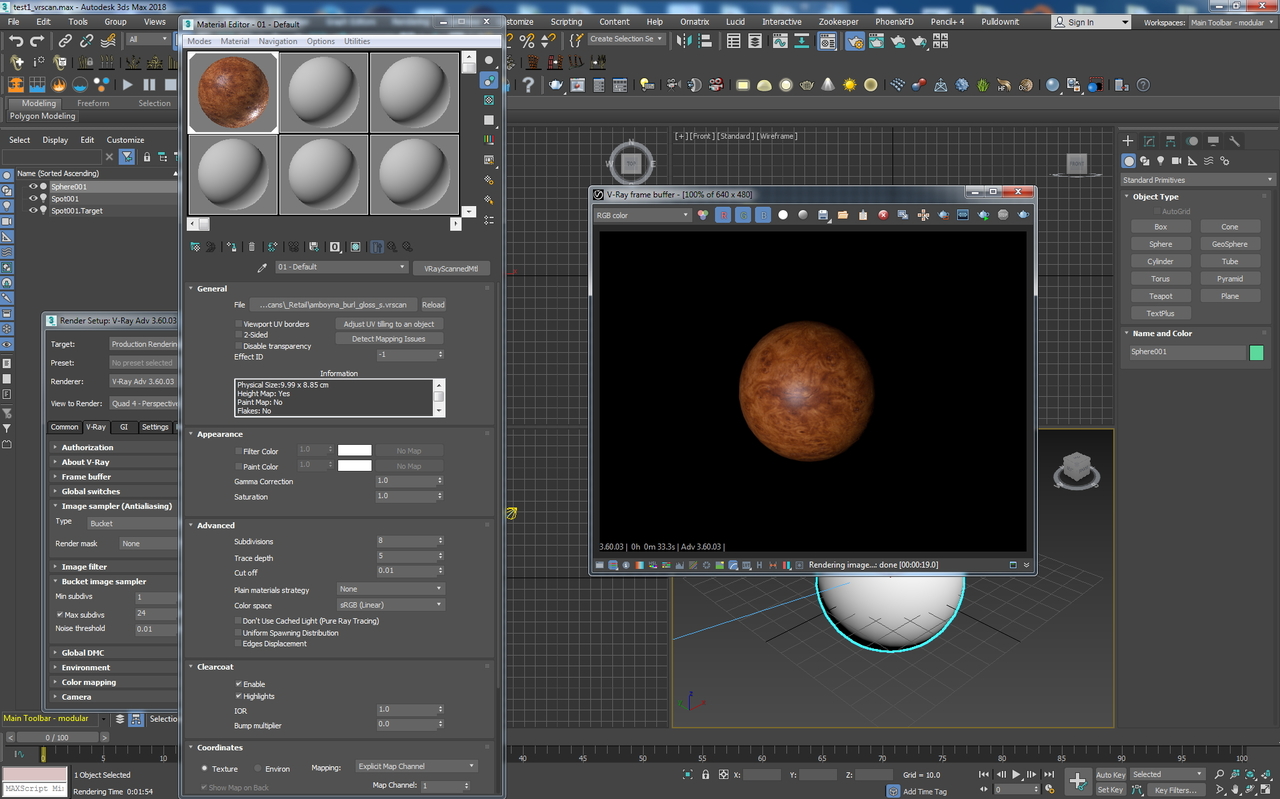
In scenes with many lights and lots of GI bounces, this leads to a lot of shadow rays being traced and rendering can become extremely slow. For more information, see The Adaptive Lights example below.įull lights evaluation – V-Ray goes through each scene light and evaluates it at each shading point. Light evaluation – Determines how lights are sampled in scenes with many lights. When Default lights option is on and other lights are present in the scene but are turned off, the default light is not created. Override mtl – Opens the Override material settings where some materials parameters can be preserved. All objects are rendered with the chosen material if one is selected, or with their default wireframe materials if no material is specified. Override mtl (enable checkbox) – Overrides the scene materials when rendering. When enabled, all materials and maps use the specified depth. When disabled, the depth is controlled locally by materials and maps. Override depth – Global limit to reflection/refraction depth. When disabled, any lights that are hidden for any reason (either explicitly or by type) are not included in the rendering. When enabled, lights are rendered regardless of whether they are hidden or not. Hidden lights – Enables or disables the usage of hidden lights.

Note that if you disable this option, V-Ray uses default lights, unless Default lights is set to Off.

Lights – Enables or disables lights globally. Note that this has no effect on standard 3ds Max displacement mapping, which can be controlled via the corresponding parameter in the Render Scene dialog. The following parameters are visible from the Global Switches rollout when set to the Default Render UI Mode.ĭisplacement – Enables (default) or disables V-Ray's own displacement mapping.


 0 kommentar(er)
0 kommentar(er)
